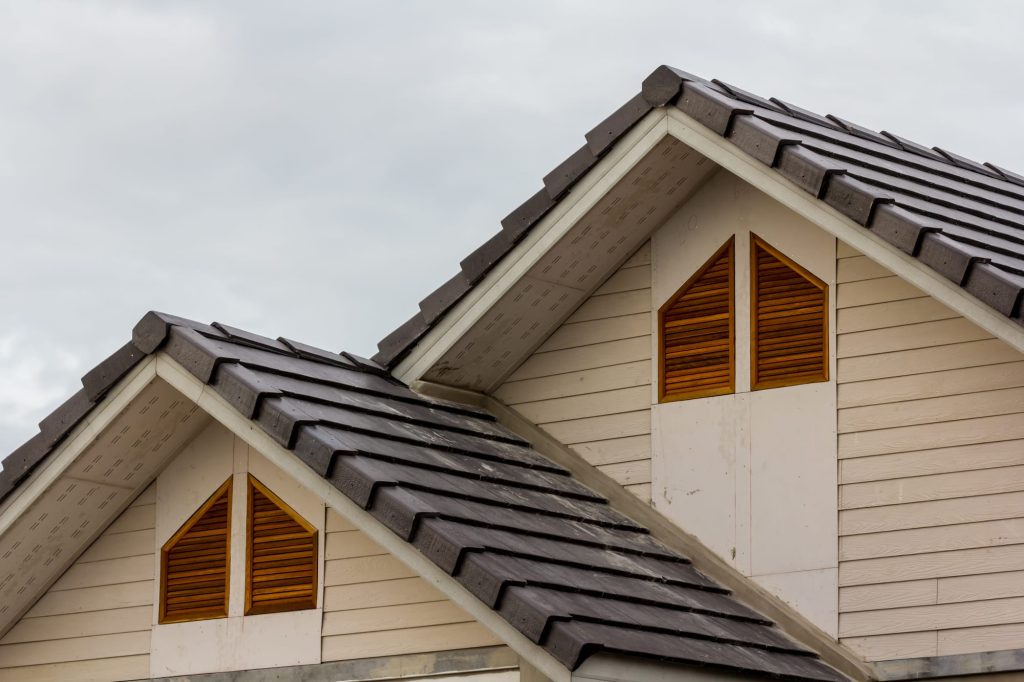If you have a rubber roof and are considering a shingle installation, you may wonder if it’s possible to put shingles directly over the existing rubber membrane. In this article, we will delve into the question of whether shingles can be installed over a rubber roof. We will explore the feasibility, potential challenges, and important considerations to help you make an informed decision.

Understanding Rubber Roofs and Shingles
Rubber roofs, also known as EPDM (ethylene propylene diene terpolymer) roofs, are a popular choice for low-slope and flat roofs due to their durability and weather resistance. On the other hand, shingles, such as asphalt or architectural shingles, are commonly used on sloped roofs to provide a protective and aesthetically pleasing covering.
Feasibility of Installing Shingles Over a Rubber Roof
While it is technically possible to install shingles over a rubber roof, there are several factors to consider:
- Condition of the rubber roof: The rubber membrane must be in good condition with no significant damage, leaks, or degradation. If the rubber roof is nearing the end of its lifespan or has existing issues, it is generally not recommended to install shingles over it.
- Roof slope and design: Shingles are designed for sloped roofs to facilitate proper water drainage. If your rubber roof has a low slope or is entirely flat, it may not be suitable for shingle installation due to the potential for water pooling and inadequate drainage.
Potential Challenges and Considerations
Before proceeding with installing this roof, it’s important to consider the following challenges:
- Additional weight: Shingles add significant weight to a roof. It is crucial to assess whether the existing roof structure can support the added weight of the shingles. We recommend consulting a structural engineer or roofing professional to ensure that the roof can handle the load.
- Compatibility and adhesion: Shingles require a solid, smooth surface for proper installation. The rubber roof must be clean, free of debris, and compatible with the adhesives used in shingle installation. Achieving proper adhesion between shingles and a rubber membrane may pose challenges.
- Ventilation and flashing: Proper ventilation and flashing are vital for maintaining the integrity of the roof. Ensure that installing shingles over a rubber roof doesn’t compromise ventilation and flashing systems to prevent moisture buildup and leaks.
Consultation with Roofing Professionals
Given the complexity and potential challenges involved, we strongly recommend homeowners to consult with experienced roofing professionals. They assess your rubber roof, evaluate shingle installation feasibility, and offer tailored expert guidance.
Conclusion:
Installing shingles over a rubber roof requires careful consideration of factors like rubber membrane condition, roof slope, weight, compatibility, and ventilation. Consult with roofing professionals to assess feasibility and safeguard the roof’s integrity and performance. Making an informed decision based on expert advice is key when considering the installation of shingles over a rubber roof.



Leave a Reply